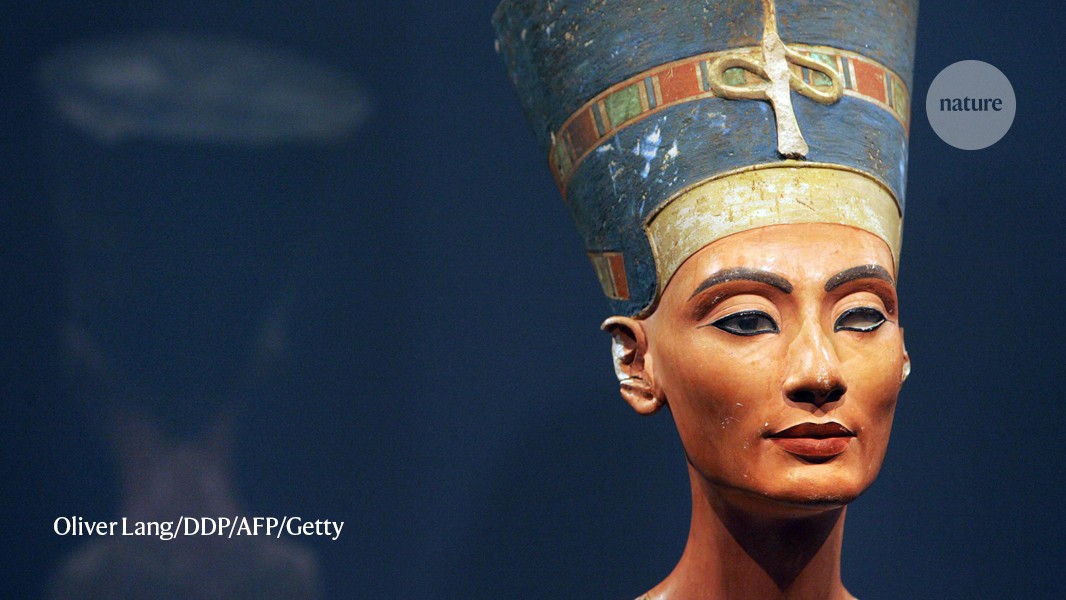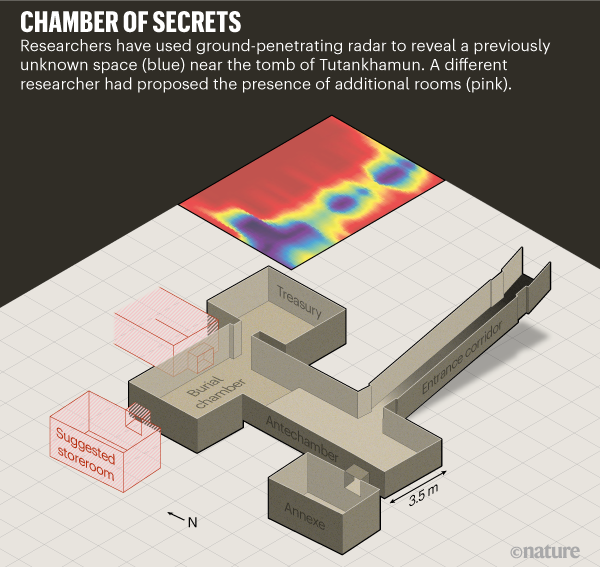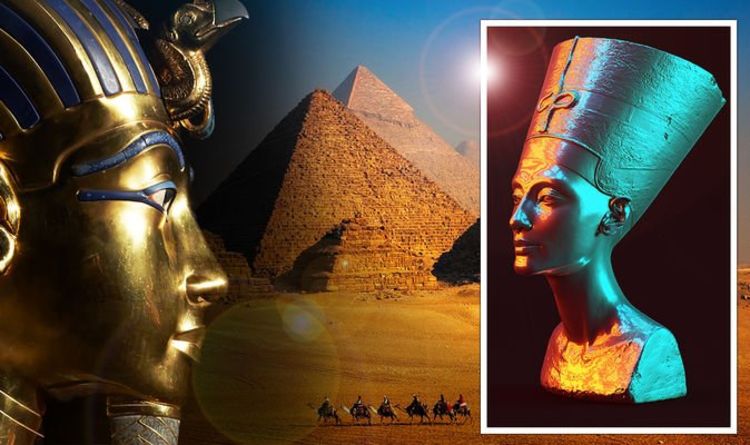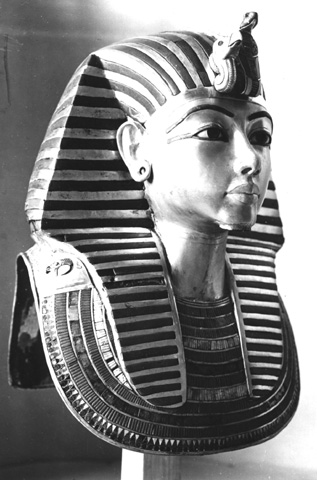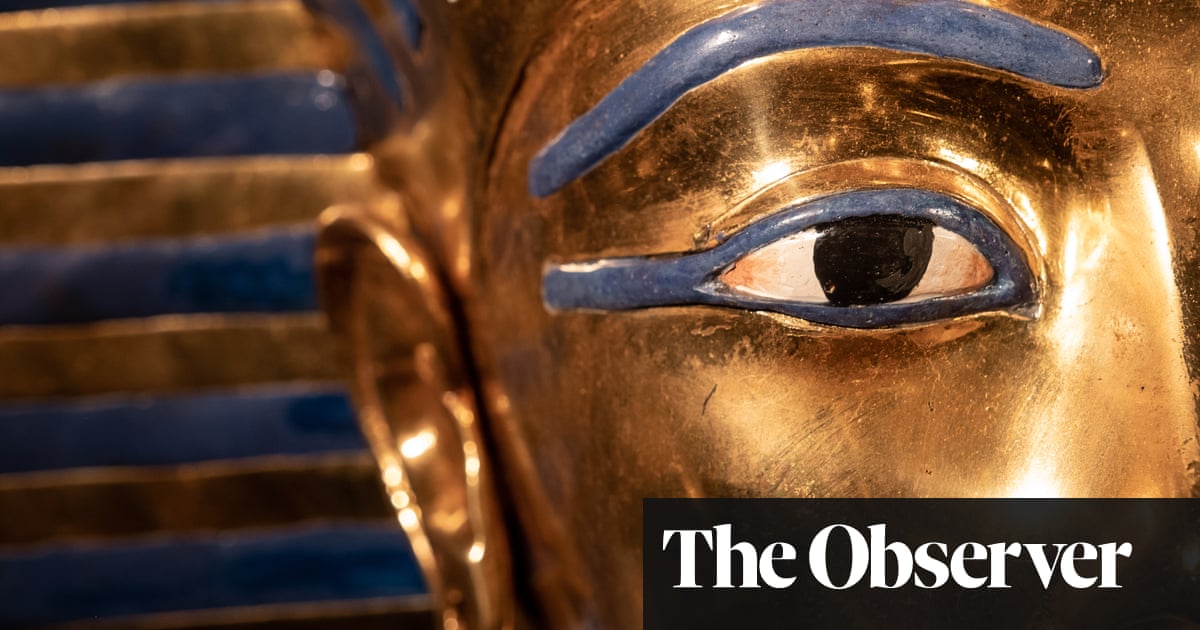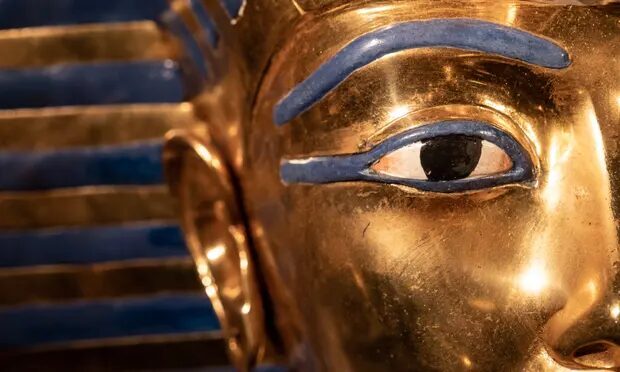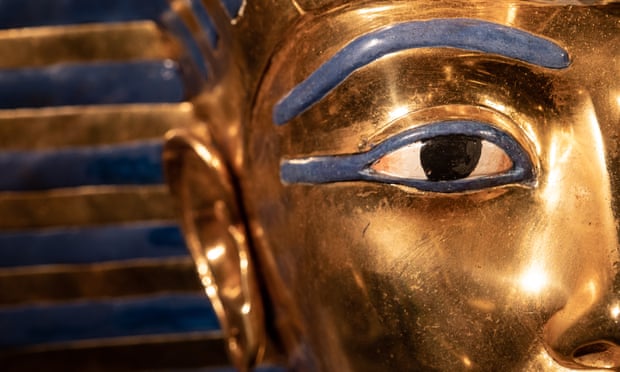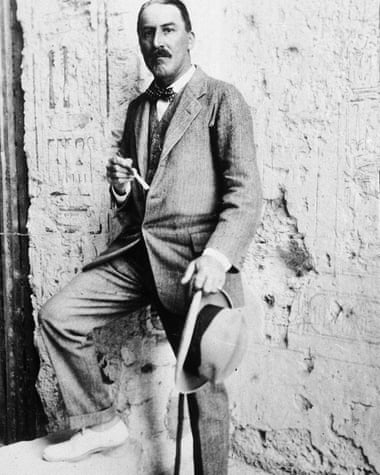Researchers to scan King Tutankhamun's tomb in search for Nefertiti’s remains
http://tass.ru/en/science/866404
http://tass.ru/en/science/866404
The search follows claims by British Egyptologist Nicholas Reeves that King Tutankhamun's tomb discovered by English archaeologist Howard Carter in 1922 may contain hidden chambers
CAIRO, April 1. /TASS/. Archeologists will start final scanning of King Tutankhamun's tomb in the Valley of Kings in a bid to find the resting place of legendary Queen Nefertiti, the Egyptian Ministry of Antiquities said on Thursday.
The search follows claims by British Egyptologist Nicholas Reeves that King Tutankhamun's tomb discovered by English archaeologist Howard Carter in 1922 may contain hidden chambers.
Reeves also says that the tomb was most likely built for a queen, rather than a king.
A decision to open the tomb will be made upon the completion of radiological research and infrared thermography tests.
Previous scans of Tutankhamun's tomb carried out by Japanese experts last fall revealed the presence of additional rooms in the pharaoh's chamber.
The results of Thursday’s scan will be announced by Egyptian Antiquities Minister Mamdouh el-Damaty at a news conference in Luxor on April 1.
The resting place of Queen Nefertiti, the Great Royal Wife of Tutankhamun's father Akhenaten, has never been found. Its location remains one of the greatest mysteries of Ancient Egypt.


